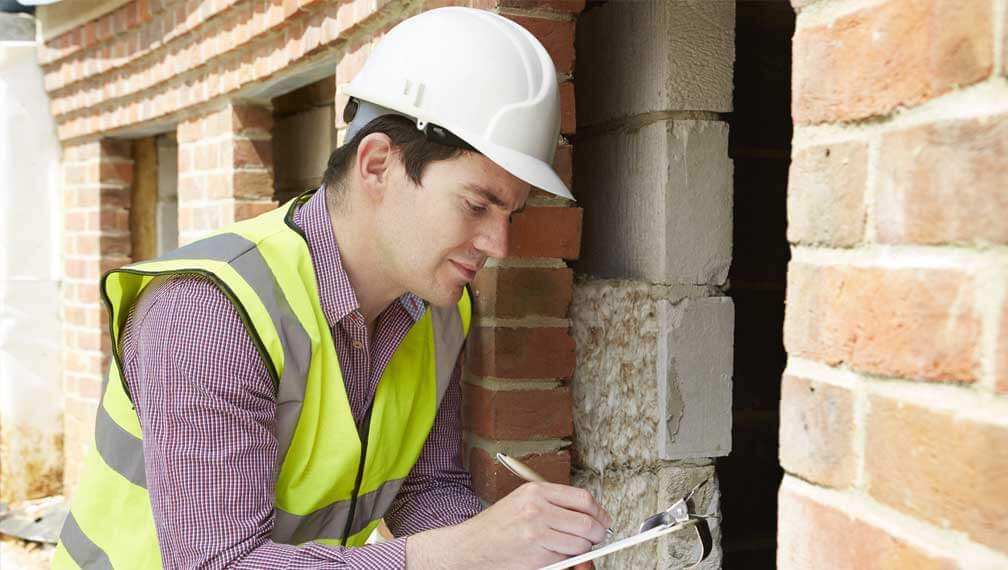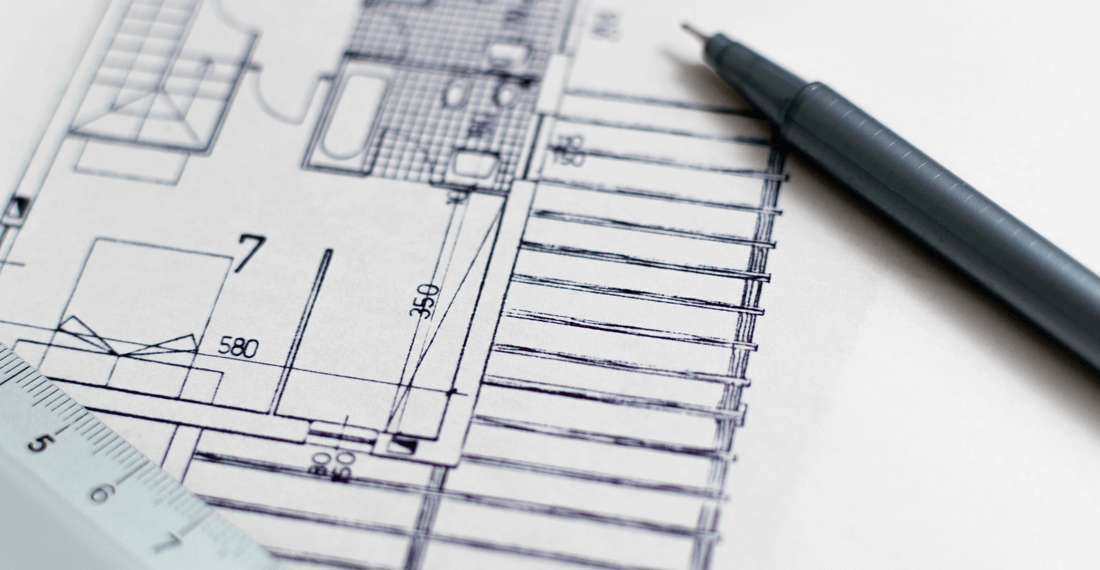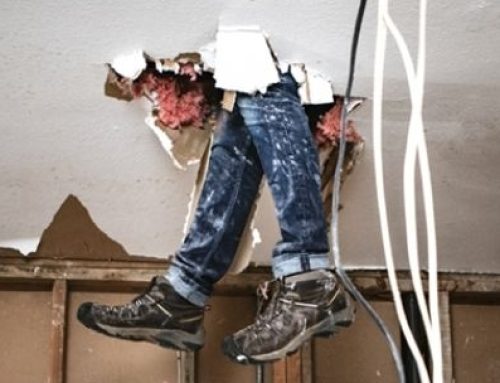Let me set the scene, you have yourself a day off and feel like you could use a bit of retail therapy. So you head to the shops and decide to go all out and finally buy that waffle iron you’ve dreaming of since you were young. You pay $30 for it – what a bargain. You get it home – barely able to think straight with the dizzying array of waffle-related thoughts flooding your mind. You ready your waffle mixture, plug in the waffle iron…. and it won’t turn on.
The product has a manufacturing defect. The waffle iron is faulty. Disappointing? Very. “No big deal though” you say-after all you can just take it back and get another one. Being protected under consumer law means that you are entitled to be fully compensated for the faulty product you purchased and everyone is happy.
So what does a waffle iron have to do with buying a house, I hear you ask? I’ll stop waffling on and get the point:
You would think that buying a $600,000 home would come with the same level of consumer protection as a $30 waffle iron, right? Well, you might be surprised to hear that this is far from the truth. In reality, the housing industry is far more complicated.
The final outcomes involved in selling a house with undisclosed defects can often end up in favour of the seller, whilst leaving the distressed and vulnerable buyer in an extremely compromising position.
Why Home Buyers Can’t Rely on Consumer Protection
From an overall standpoint, Australian consumers are strongly protected by legislation. Common law is designed to cover all manner of contexts, while many different policies have been introduced by the government to support specific industries. Bureaucracy, however, is a fickle mistress, and often stands in the way of these measures.
This frequently leads to exploitation of the process and a system that is far less supportive to the home buyer than it should be.
When it comes to Australian Consumer Law, a product is deemed of “acceptable quality” if it meets these specific requirements that ensure the product is:
- Safe, lasting, with no faults
- Acceptable looking, and
- Does all the things someone would normally expect it to do
Like the majority of reasonable-minded individuals, you would think that such a law would apply to home buyers right?
This is not the case.
It would seem as though the most important guideline that actually does apply to prospective homeowners in this case is ‘buyers beware’.
What’s in place to protect home buyers?
So who’s looking out for the little guy? Well, building industry regulations such as the Home Owners Warranty policy have been introduced in an effort to protect home buyers from defects in newly constructed buildings.
However, despite being a step in the right direction, most of these measures are poorly implemented, easy enough to side-step, or even subject to manipulation. In theory, such a legislation should ultimately be in place to protect home buyers from dodgy sellers trying to take advantage of those in a vulnerable position. In practice, however, the system is already heavily stacked against prospective owners, and despite their willingness to part way with many hundreds of thousands of dollars, such legal measures are not in their favour.
Reporting defects with a newly purchased home is effectively going to put the buyer in a difficult position, with few avenues to rectify any offences or industry breaches carried out against them.
In many cases, the only option available to home buyers who find themselves in this disastrous situation is to file an action in damages against the property seller for deliberately misrepresenting the structural integrity of the home.
Suffice it say that this can be an incredibly stressful, complicated, and very expensive decision. One that may likely even be expected by the seller – and thereby, very much prepared for.
Now is it just me, or does that sound about as fun as a poke in the eye? If we’re on the same page then you’d probably prefer a poke in the eye too.
What is making home buyer protection so elusive?
- Well, first thing’s first:
The seller or agent of a property is not necessarily under any legal obligation to disclose particular details about the overall condition of the house.
Although the semantics vary from state to state, Australia does not have any laws in place that hold sellers responsible for revealing any structural defects or issues that might jeopardise the underlying durability of the home.
So yes, buyers really must beware.
- Warranty claims are a maze not worth navigating:
One of the major problems facing home buyers in this predicament is the difficulty involved in submitting a claim to the builder or their insurer. Most builders and insurance bodies are experts at dealing with claims and, on the balance of probabilities, chances are they will be better prepared to deal with the complaint process than you are.
Through a combination of defence, avoidance and other abuses of process, they can successfully wear home buyers down to the point where only the most resilient and vigilant complainants achieve any sort of outcome. But even then, after a long and arduous battle to seek some much-deserved justice, those who push on through the insurmountable procedures and finally reach a result often wish they had never bothered in the first place.
Don’t be fooled by newly constructed homes
Many house hunters assume that building inspections are only necessary for older structures. After all, new buildings are always constructed according to current standards, right? Wrong. While there are comprehensive standards in place to ensure buildings are up to code, there are many instances where even new homes have been sold for far more than they are truly worth, mainly due to shortcuts or loopholes in the building process.
When it comes to getting the full picture, who can you trust?
Furthermore, it can be extremely difficult to know who you can rely upon to give you the essential information needed in order to help you decide on committing to such a large purchase.
Real estate agents are almost always under a ton of pressure to sell a property as quickly as they possibly can. Not only that, since they’re likely working on commissions, they’re going to want to secure a deal for the full amount of the property being in question. If the price goes down, their commission goes along for the ride.
Selling houses is a serious business, and when sums of money that huge are at stake, don’t underestimate what someone may or may not do in order to gain the upper hand.
There are some very dirty people out there, folks.
Understandably, many first home buyers get excited at the prospect of owning their dream home. They then sign on the dotted line only to find that they have to spend thousands repairing defects they weren’t initially aware of.
How a building inspection can save you the trouble
Despite everything, it’s not all doom and gloom. Defect reports from an independent building inspector are an extremely powerful negotiating tool in the buying process and can allow you to purchase a home at a price that reflects its shortcomings. These extra savings in your pocket can then be used to pay for any reparation work yourself.
If you choose to take on the system with a claim and are lucky enough to succeed, you will ultimately achieve a similar outcome—but not without the time, money and frustration involved in submitting a claim. Being proactive with a building inspection puts you in a position to either negotiate a fair price before making a purchase or turn your back if the vendor won’t budge.








Leave A Comment